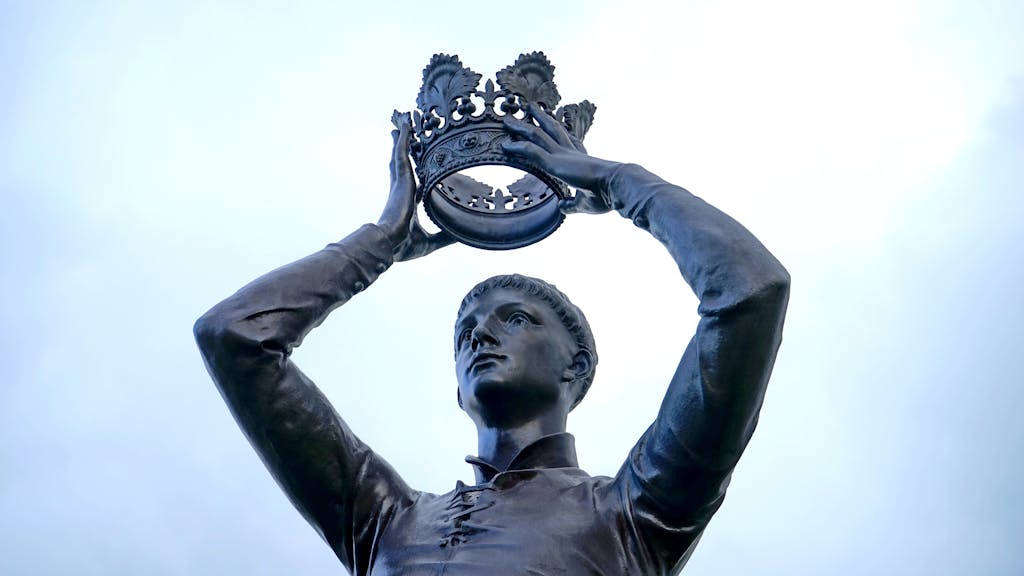
In the grand tapestry of British history, the line of succession to the throne has woven intrigue, drama, and unexpected turns. Behind the pomp and circumstance lie tales of power struggles, familial rivalries, and traditions that have shaped the monarchy for centuries.
Quick Recap
In 1066, England underwent a transformative moment that would shape its future for centuries to come. Known as the Norman Conquest, this pivotal event marked the beginning of a new era in English history. Led by William the Conqueror, Duke of Normandy, the Norman army crossed the English Channel and defeated King Harold II at the Battle of Hastings. This victory ushered in a new ruling dynasty and established Norman control over England.
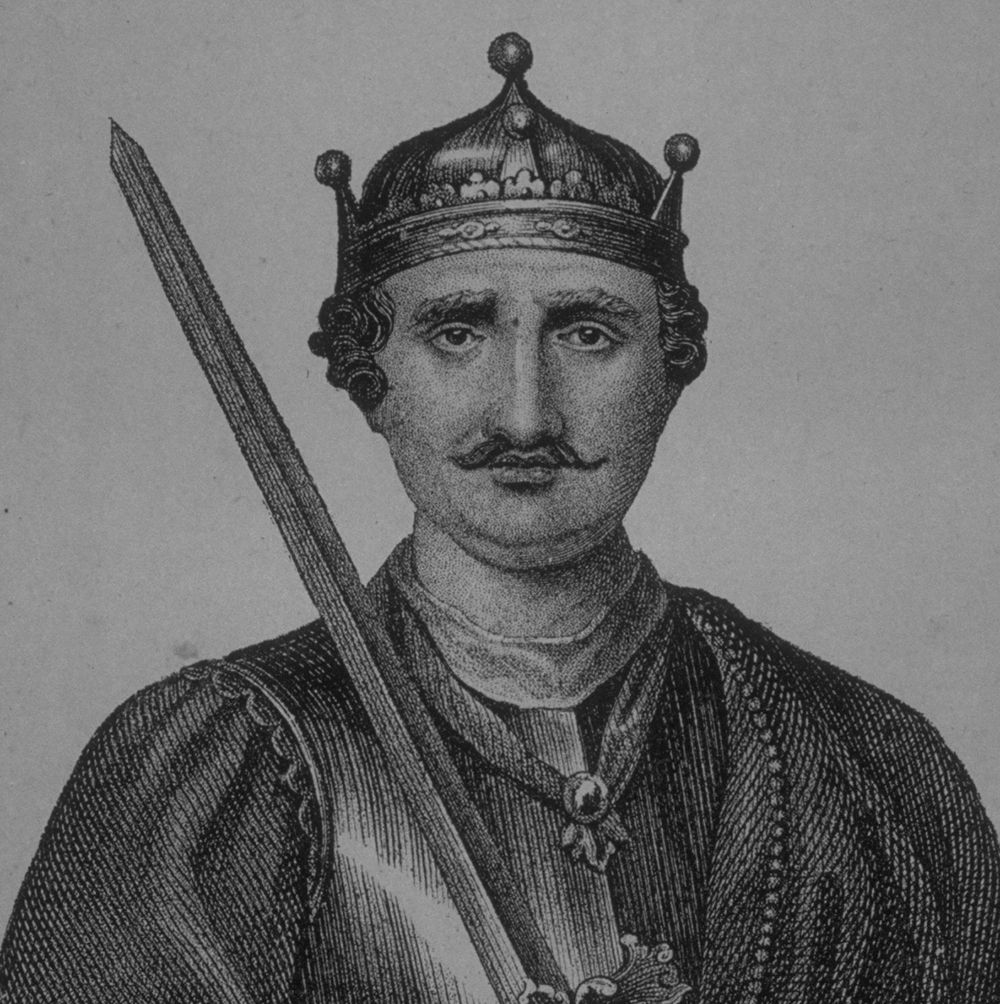
The Norman Conquest left a lasting impact on England, profoundly reshaping its political, social, and cultural dynamics. It set the stage for the establishment of a centralized monarchy and introduced the feudal system, alongside various laws and customs that would shape English society for centuries.
Among these was the principle of Agnatic Primogeniture, which dictated succession based on the male line of descent- serving as a fundamental pillar of English society and governance for generations.
Let’s take a journey through time as we uncover five captivating facts about the British line of succession!
Female Rulership
When Edward VI passed away at a young age without leaving an heir, his sister Mary Tudor emerged as the most legitimate contender for the throne. Queen Mary I, also known as “Bloody Mary,” made history as England’s first female ruler, challenging the conventional laws of succession.

In an era dominated by male primogeniture, Mary’s claim faced scrutiny due to her gender. Nonetheless, she boldly asserted her right to rule as the rightful heir of her father, King Henry VIII, and his first wife, Catherine of Aragon. Despite opposition and prevailing norms, Mary’s ascension to power marked a notable departure from traditional monarchy, highlighting the resilience and determination of a woman leading amidst the tumultuous backdrop of English history.
Mary I’s reign is often remembered for its controversy, largely stemming from her fervent campaign to reinstate Catholicism in England, a direct reversal of the Protestant reforms initiated by her father, Henry VIII, with the establishment of the Church of England.
The Jacobean Succession Crisis
In the early 17th century, England faced a succession crisis that would alter the course of history. With the death of Queen Elizabeth I in 1603, the Tudor dynasty came to an end, leaving the throne up for grabs. The stage was set for a power struggle between two rival claimants: James VI of Scotland, who was the son of Mary, Queen of Scots and a descendant of the Tudors, and Lady Arabella Stuart, a cousin of Elizabeth I.
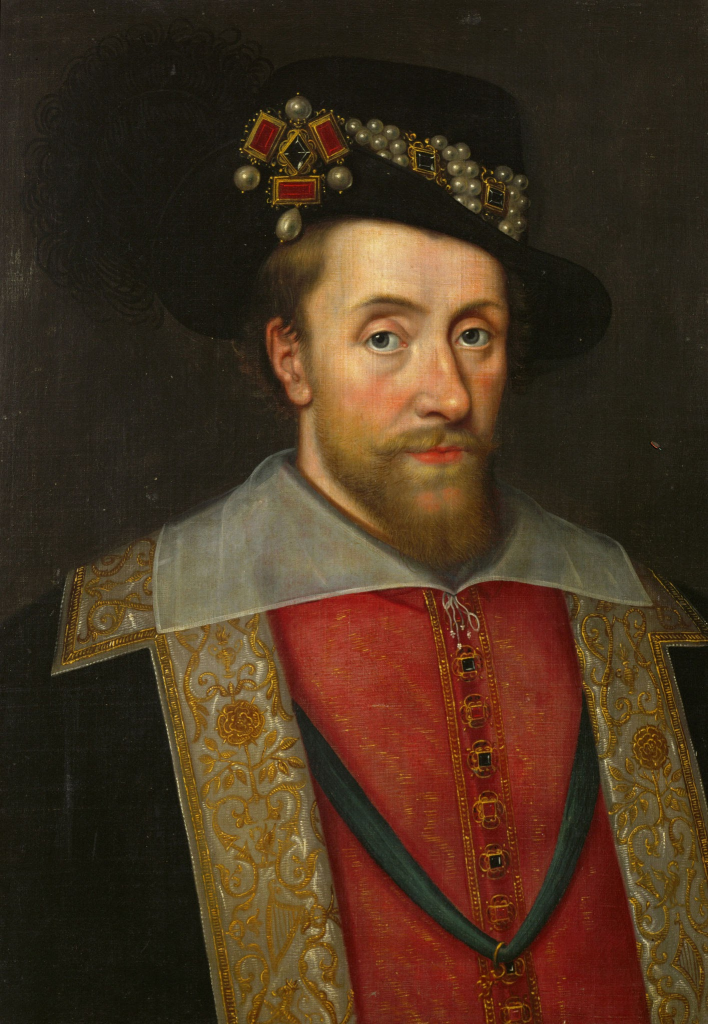
Ultimately, James VI emerged victorious, becoming James I of England and uniting the crowns of England and Scotland under one monarch, marking the beginning of the Stuart era.
Act of Settlement 1701
In England’s intricate tapestry of constitutional law, one historical thread stands out: the exclusion of Catholics from the throne. Dating back to the Act of Settlement of 1701, this legislation stipulates that any British monarch cannot be a Catholic or marry one. This legal provision was designed to safeguard the Protestant succession and prevent Catholic influence over the monarchy and the state. Over the centuries, this law has remained a contentious issue, reflecting England’s complex religious and political history.

Despite modern shifts in societal attitudes and legal reforms, the exclusion of Catholics from ruling continues to be a notable feature of England’s constitutional landscape, prompting ongoing discussions about religious tolerance, royal succession, and the separation of church and state.
The Royal Marriages Act of 1772
For centuries, royal marriages were subject to strict regulations imposed by the Royal Marriages Act of 1772. This law required members of the royal family to seek the sovereign’s consent before marrying, with marriages conducted without consent deemed invalid. The act aimed to prevent unsuitable marriages that could threaten the stability of the monarchy. However, over time, attitudes towards royal marriages evolved, leading to the repeal of the Royal Marriages Act in 2015. This change allowed members of the royal family greater freedom in choosing their spouses, reflecting the shifting values of contemporary society.
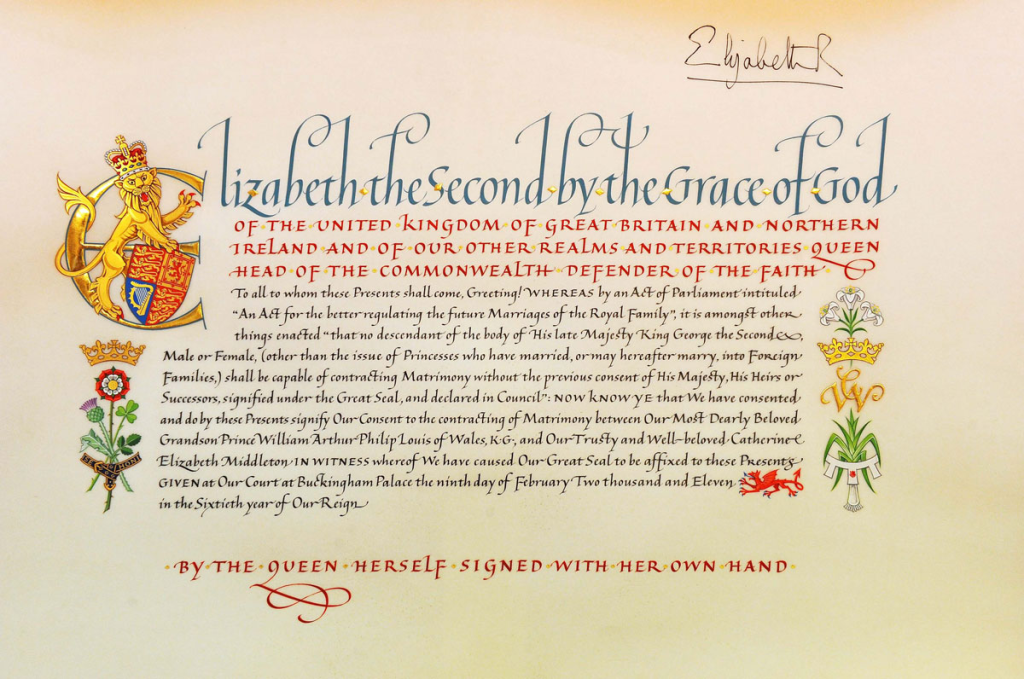
Letters Patent of 1917
The law that restricts the use of “HRH” (His/Her Royal Highness) for great-grandchildren of the reigning monarch is the Letters Patent issued by King George V in 1917. This decree limited the HRH title to the children of the sovereign, the children of the sovereign’s sons, and the eldest living son of the eldest living son of the Prince of Wales.

As a result, great-grandchildren of the monarch, such as the children of Prince Harry and Meghan Markle, do not automatically receive HRH titles at birth. Exceptions to this rule can be made by the reigning monarch, as seen with the children of Prince William, Duke of Cambridge, who were granted HRH titles by their grandmother, Queen Elizabeth II.
The Abdication Crisis of 1936:
In a move that shocked the world, King Edward VIII abdicated the throne in 1936 to marry Wallis Simpson, an American divorcee. This decision threw the British monarchy into turmoil, as Edward’s younger brother, Albert, Duke of York, ascended the throne as King George VI.

The abdication crisis highlighted the importance of duty and tradition within the royal family, as Edward’s personal desires clashed with his responsibilities as monarch. George VI’s reign would see Britain through the tumult of World War II, solidifying his place in history as a steadfast and resilient leader.
The Succession to the Throne Act 2013
Modernizing the rules of succession, the Succession to the Throne Act 2013 brought about significant changes to the line of succession. Prior to this act, male heirs took precedence over their female counterparts, regardless of birth order.

The act abolished this gender bias, ensuring that succession to the throne would be determined solely by birth order. This historic change meant that Princess Charlotte, the daughter of Prince William and Catherine, Duchess of Cambridge, retained her place in line to the throne, regardless of the gender of any future siblings.
The Future of the Monarchy
As we look to the future, the British line of succession continues to captivate the imagination of people around the world. With each new generation comes speculation about the monarchy’s relevance and its ability to adapt to changing times. Yet, despite the challenges they may face, the royal family remains an enduring symbol of tradition, continuity, and national identity. As we await the next chapter in this ongoing saga, one thing is certain: the story of the British monarchy and its line of succession will continue to enthrall and inspire for generations to come.


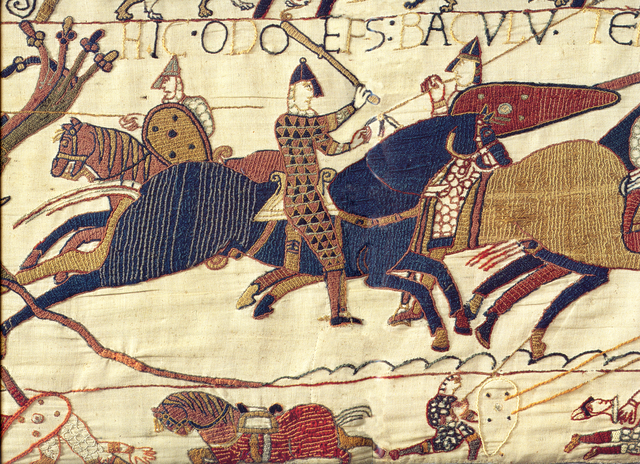
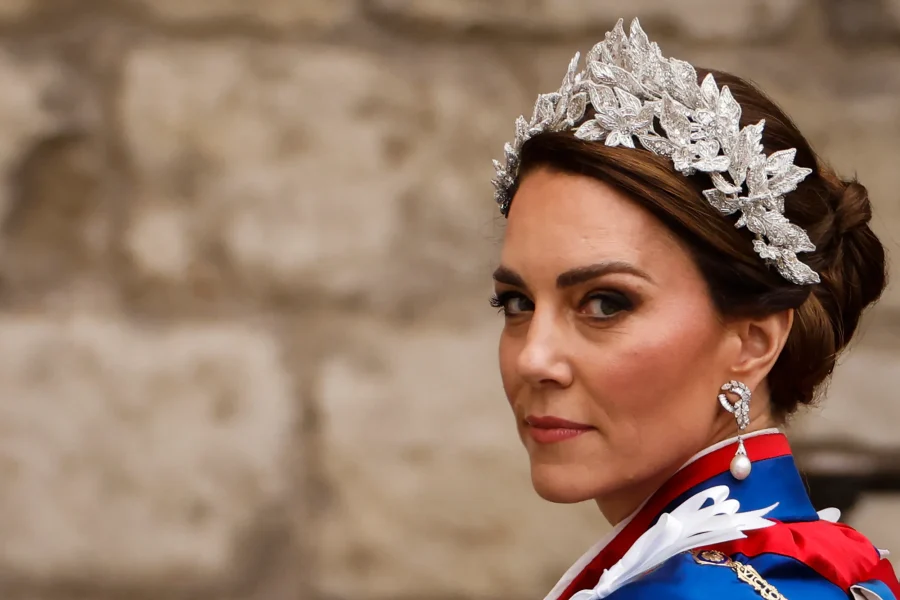
Leave a Reply